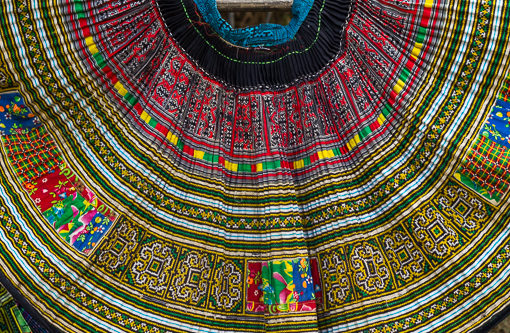Like in any relationship, an adult’s relationship with a teenager is a bit of a dance. Changes in rhythm and tempo, the addition of new steps and the need for improvisation, as well as knowing who should take the lead when, are all part of the challenge.
For those of us who have the privilege of knowing and living with teenagers, either at home or at school, understanding their brains helps us to respond productively, coach positively and manage expectations, ultimately with the hope of providing them with the gift of independence.
Recently, I re-read Dr. Ron Clavier’s book, Teen Brain, Teen Mind. As a clinical psychologist and neuroscientist, Dr. Clavier encourages the reader to be sensitive to the changes taking place in the teenage brain and uses clever analogies and realistic case studies to help us refine the art and science of ‘dancing with teens’, covering a range of topics: school, alcohol, other drugs, relationships, sex and mental illness. Dr. Clavier reminds us how important adults are in the teenager’s life and their responsibility to be role models who trust, respect, listen and empower.
In her book, A Blessing of a Skinned Knee, psychologist Wendy Mogel also assures us of the normalcy of adolescent behaviour, that most of what we observe is a necessary and healthy path toward independent and responsible adulthood. She gives great tips, summarized in this NY Times article, to parents, educators and others working with teens on how to best do the ‘dance’.
This weekend, we will have four girls between the ages of 11 and 16 in the house for three nights – no doubt, there will be a lot of dancing!!





